View all Standards for National Core Arts Standards
TH:Pr6.1.6.a Adapt a drama/theatre work and present it informally for an audience.
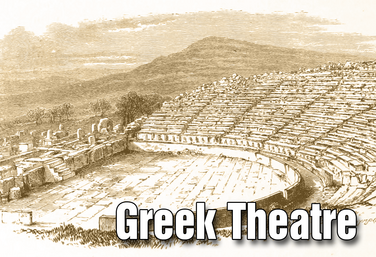
Part of the Drama One Curriculum
Ancient Greek Theatre
by Karen Loftus
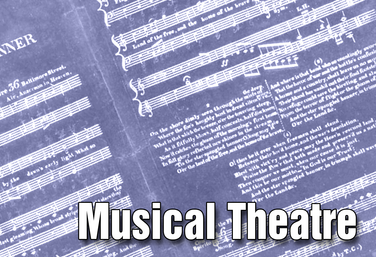
Musical Theatre
by Anna Porter
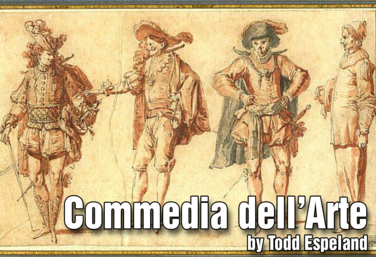
Commedia dell'Arte
by Todd Espeland
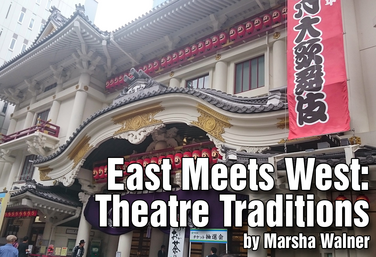
East Meets West: Theatre Traditions
by Marsha Walner
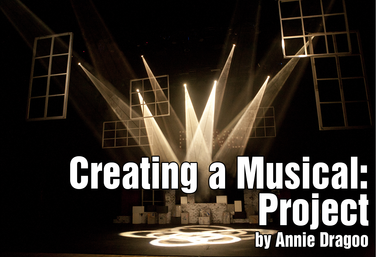
Creating a Musical: Project
by Annie Dragoo
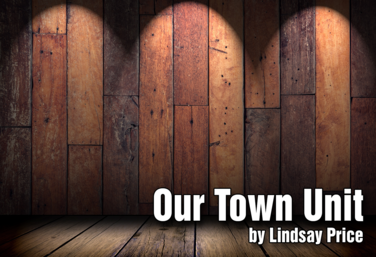
Our Town Unit
by Lindsay Price
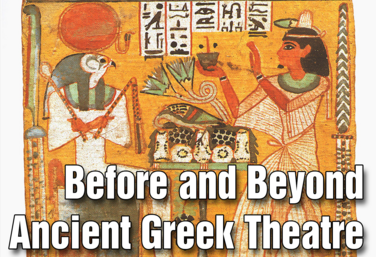
Part of the Theatre History Curriculum
Unit 1: Before and Beyond Ancient Greek Theatre
by Drama Teacher Academy
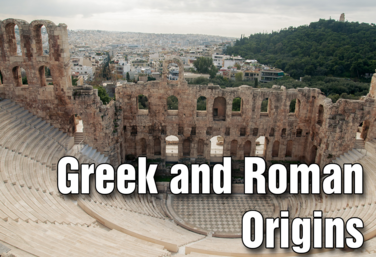
Part of the Theatre History Curriculum
Unit 2: Greek & Roman Origins
by Drama Teacher Academy
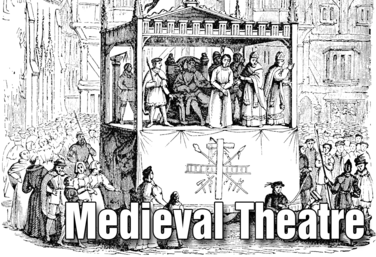
Part of the Theatre History Curriculum
Unit 3: Medieval Theatre
by Drama Teacher Academy
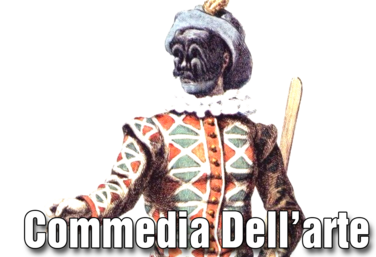
Part of the Theatre History Curriculum
Unit 4: Commedia Dell'Arte
by Drama Teacher Academy
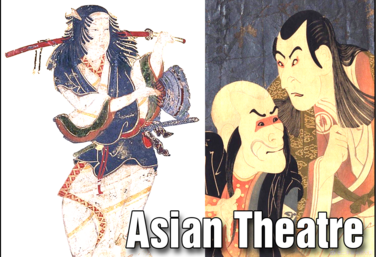
Part of the Theatre History Curriculum
Unit 5: Asian Theatre
by Drama Teacher Academy
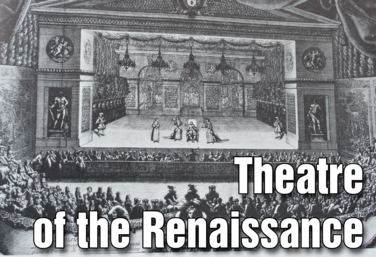
Part of the Theatre History Curriculum
Unit 6: Theatre of the Renaissance
by Drama Teacher Academy
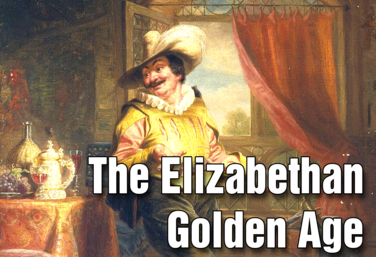
Part of the Theatre History Curriculum
Unit 7: The Elizabethan Golden Age
by Drama Teacher Academy
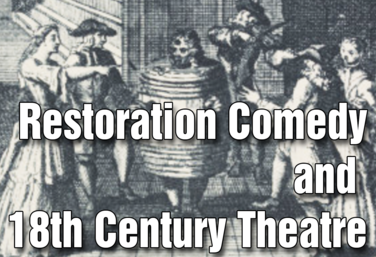
Part of the Theatre History Curriculum
Unit 8: Restoration Comedy & 18th Century Theatre
by Drama Teacher Academy
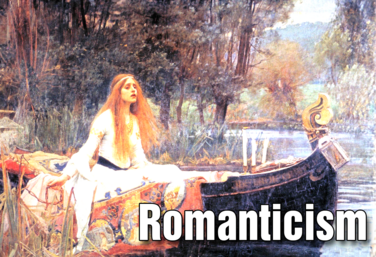
Part of the Theatre History Curriculum
Unit 9: Romanticism
by Drama Teacher Academy
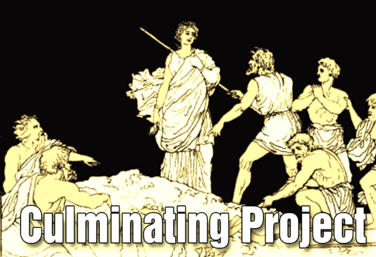
Part of the Theatre History Curriculum
Culminating Project
by Drama Teacher Academy
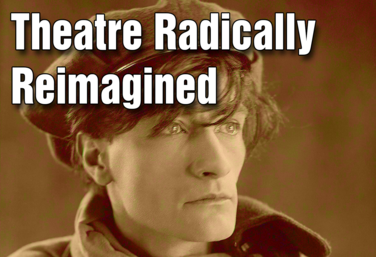
Theatre Radically Reimagined: Exploring Artaud, Grotowski, and Boal
by Ruthie Tutterow
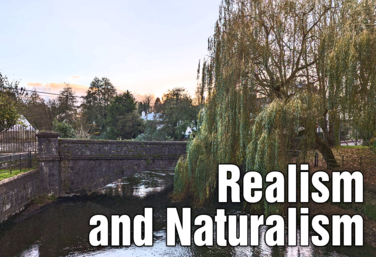.png)
Realism and Naturalism
by Drama Teacher Academy
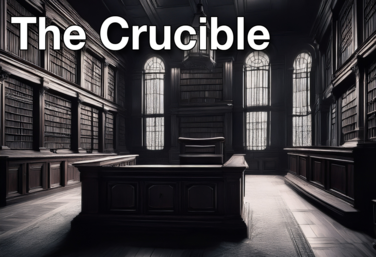
The Crucible Unit
by Lindsay Price
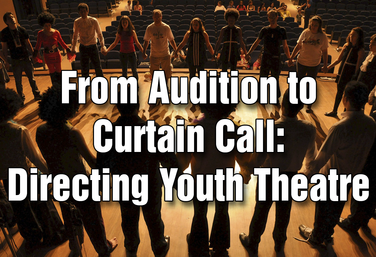
From Audition to Curtain Call: Directing Youth Theatre
by Steven Stack
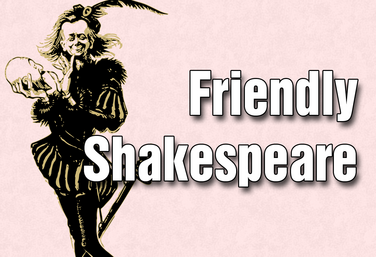
Friendly Shakespeare
by Todd Espeland
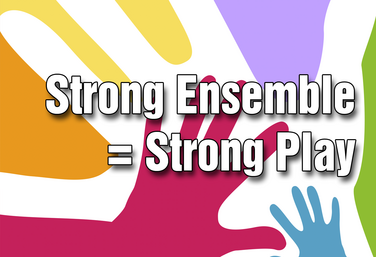
Strong Ensemble = Strong Play
by Craig Mason

Laban: Advanced Characterization
by Todd Espeland
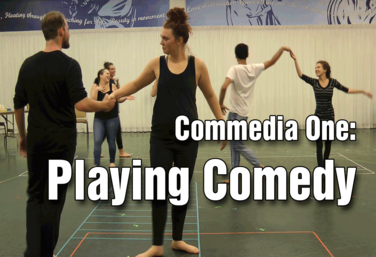
Commedia I: Playing Comedy
by Todd Espeland
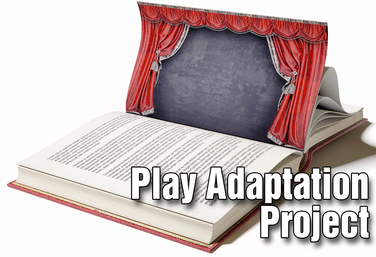
Play Adaptation Project
by Lindsay Price
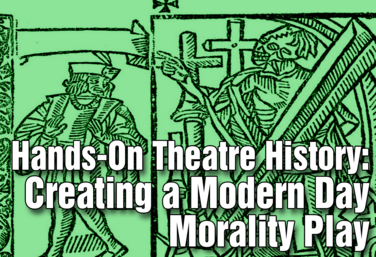
Hands-On Theatre History: Creating a Modern Day Morality Play
by Wendy-Marie Martin
View all Standards for National Core Arts Standards Standards Master List